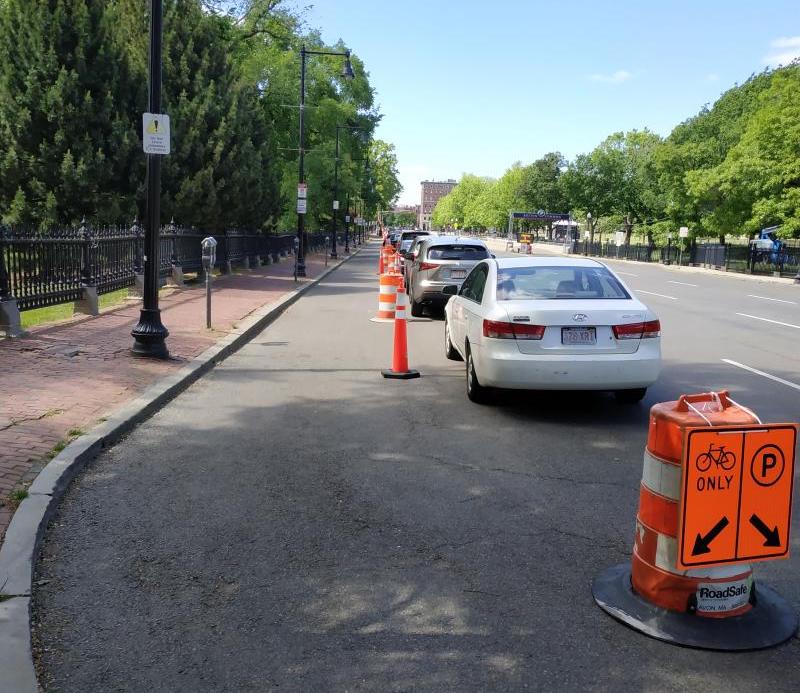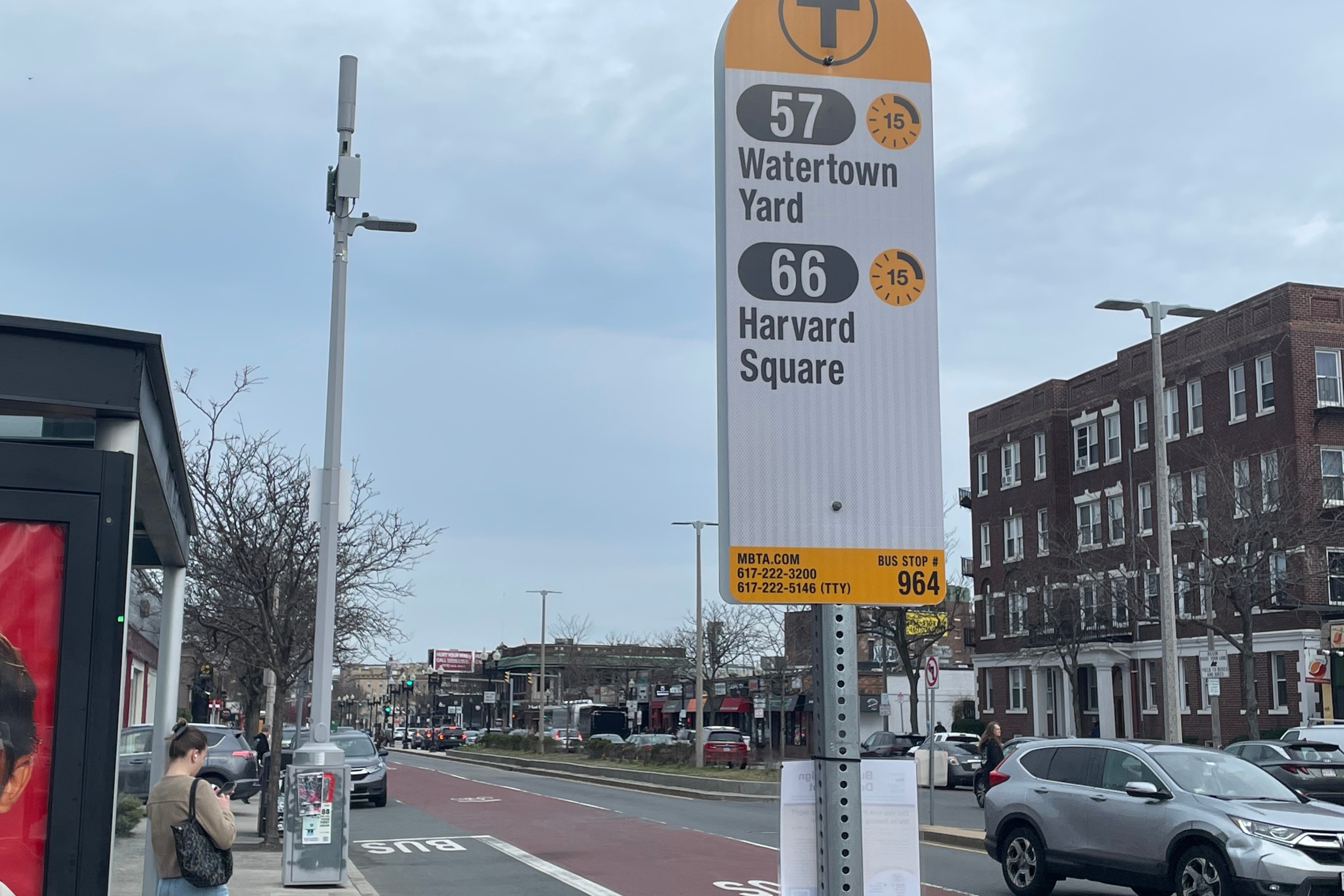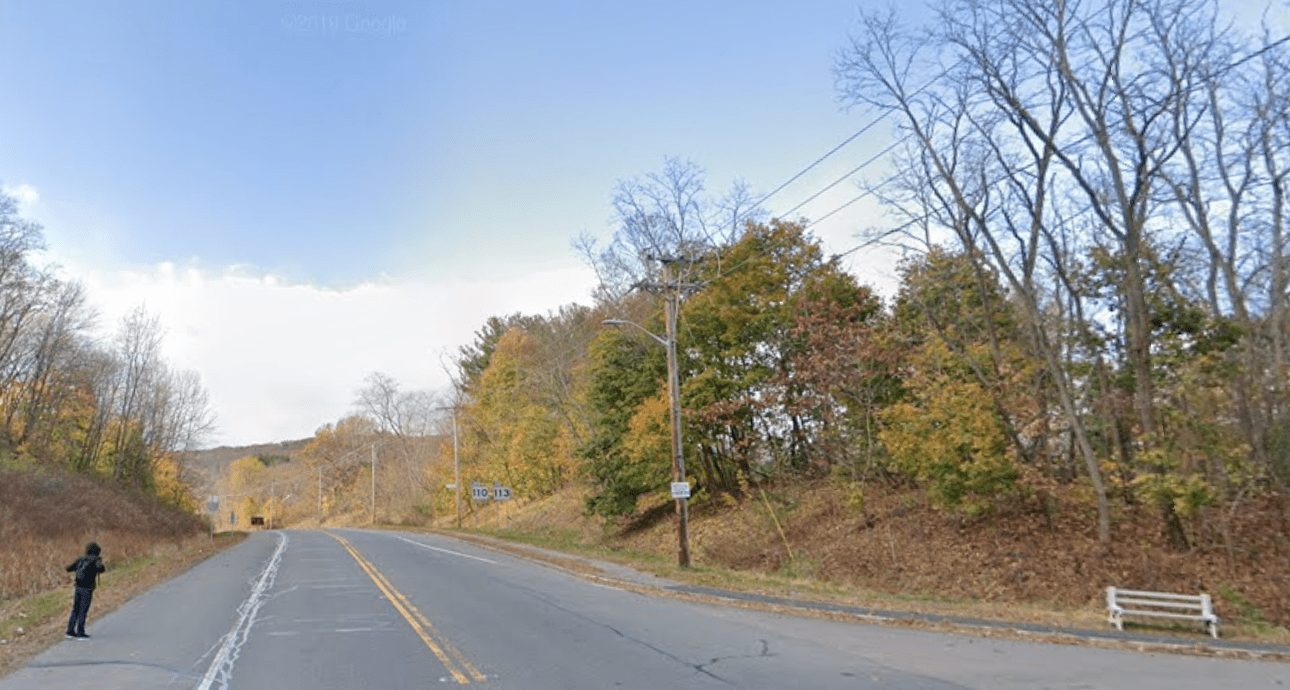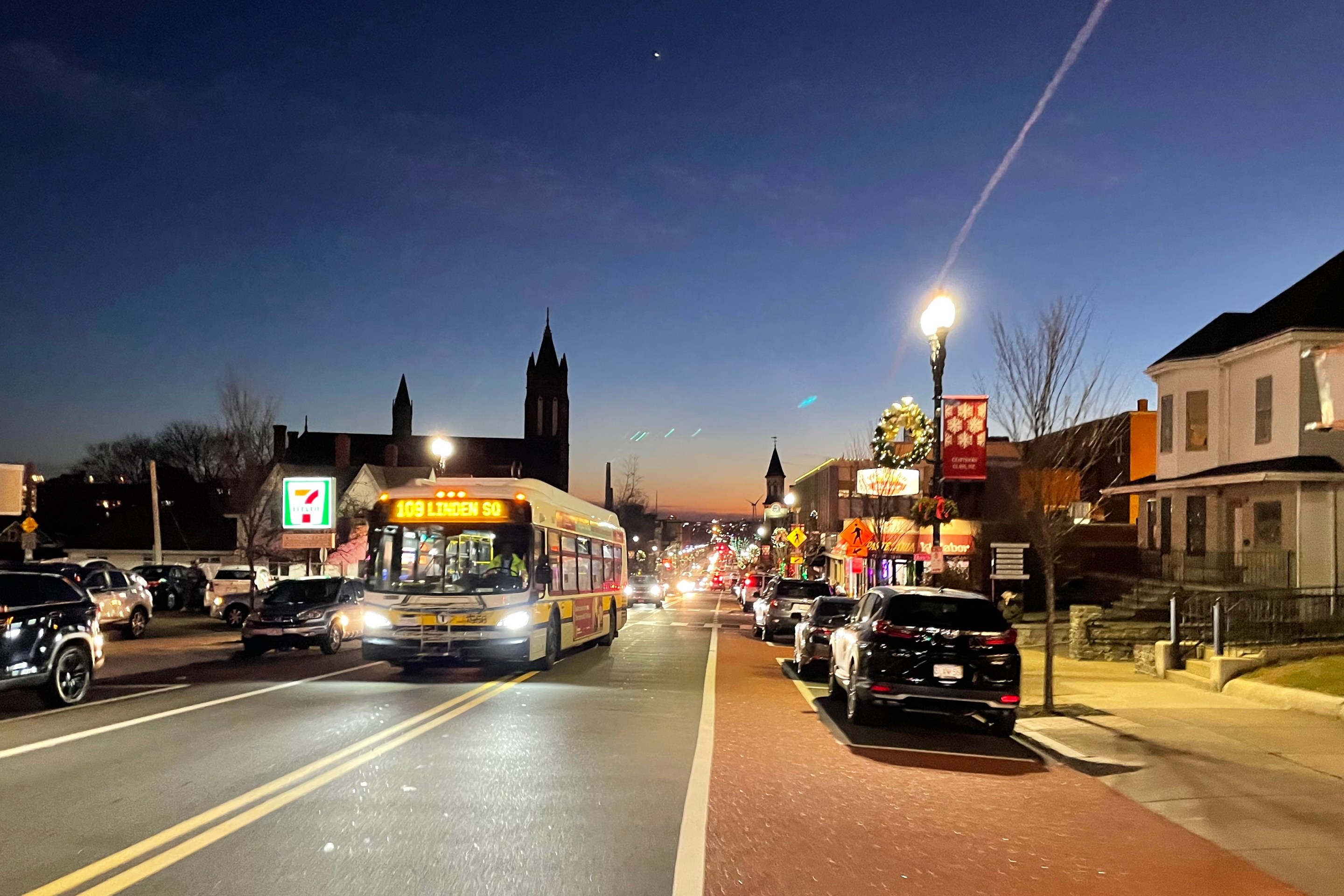It's now been over a month since Boston announced its “healthy streets” initiative, the city's transportation plan for the COVID-19 pandemic, but even as more businesses and offices across the city have reopened in recent weeks, a key component of the plan – a pop-up network of protected bike lanes to help more bicyclists travel downtown – remains incomplete.
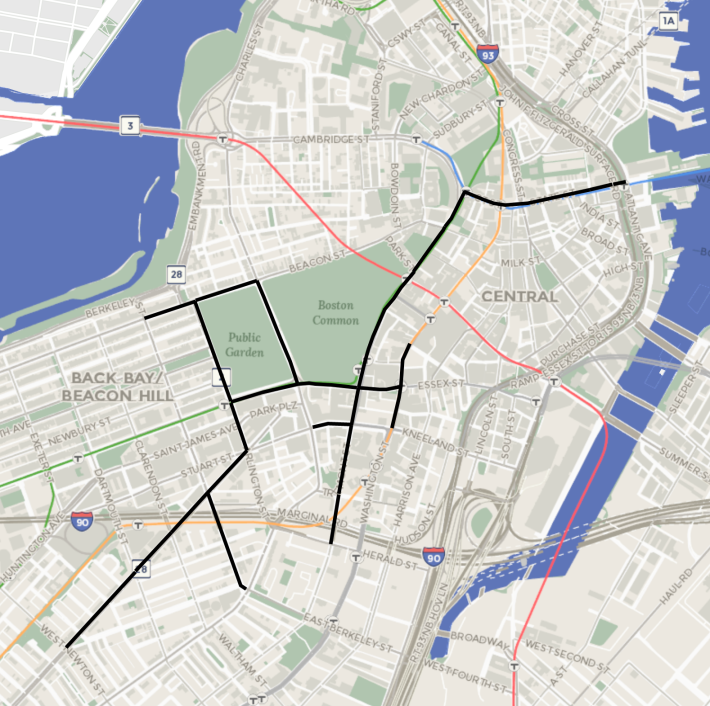
On May 28, Boston officials announced that the city would rapidly install a network of “high-comfort protected lanes” on several streets in downtown Boston, in an effort to invite more people to ride bikes instead of crowding into the city's busiest transit stations.
The initial plan called for quick-build bike lanes to be installed on streets around the Boston Common and Public Garden, plus Columbus Ave., Tremont St., and State St., to link downtown Boston with existing bike paths on the Southwest Corridor, the Charles River Esplanade, and the North End waterfront. The network broadly aligns with conceptual routes from the city's "Connect Downtown" bike plan.
Three days after the city announced its plans, Streetsblog reader Amir Tadmor was able to ride on one of the new pop-up bike lanes on Charles Street, between the Public Garden and Boston Common (pictured above).
In an email, a Boston Transportation Department (BTD) official wrote that those barrels were subsequently removed "to ensure the many peaceful protests could fully occupy space safely and without hazards."

BTD officials say that the agency doesn't have enough traffic cones and construction barrels on hand to delineate the planned network of pop-up bike lanes, and that a "regional shortage of temporary traffic materials" is delaying implementation.
The city is awaiting delivery of a large order for new traffic barrels and cones, and plans to install the pop-up bike lanes as soon as that order arrives.
Other transportation agencies in the area have been able to avoid similar issues – at least so far.
"Our experience with procurement of new supplies has been okay so far, and we've yet to experience major delays in supply chain," wrote Brad Rawson, Director Transportation & Infrastructure for the City of Somerville, in an email on Tuesday.
Rawson added that the Somerville Public Works Department has been able to fabricate some of their own wooden sawhorses and concrete crash barriers for the city's COVID-19 mobility strategy, which has so far focused on providing expanded curbside waiting and dining areas in Union and Davis Squares, and establishing "shared streets" where motor vehicle traffic is discouraged (Boston's pop-up bike lane network, by contrast, covers a larger geographic area and focuses on busier streets).
MassDOT spokesperson Jacquelyn Goddard also reported that the Commonwealth's highway division "has no shortage" of construction cones and barrels, and that the agency has loaned concrete barriers, but not other materials, to some municipalities. MassDOT recently announced a $5 million "Shared Streets and Spaces" grant program to support municipal efforts to provide more space for sidewalks and bike routes during pandemic recovery.
